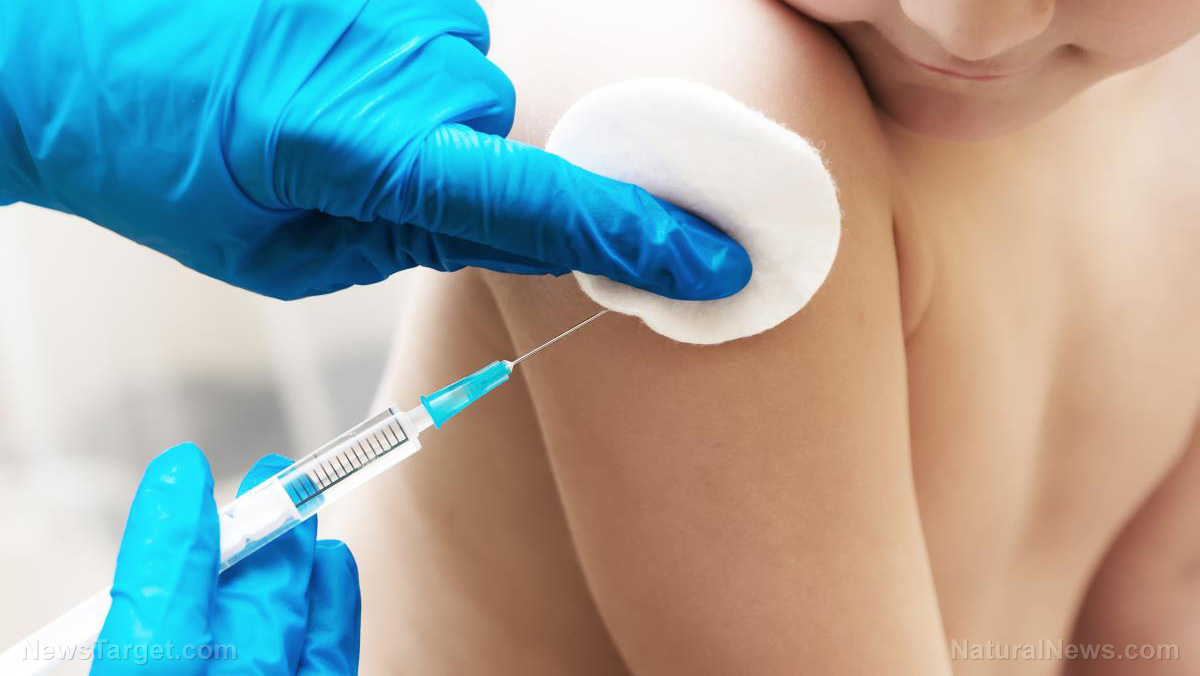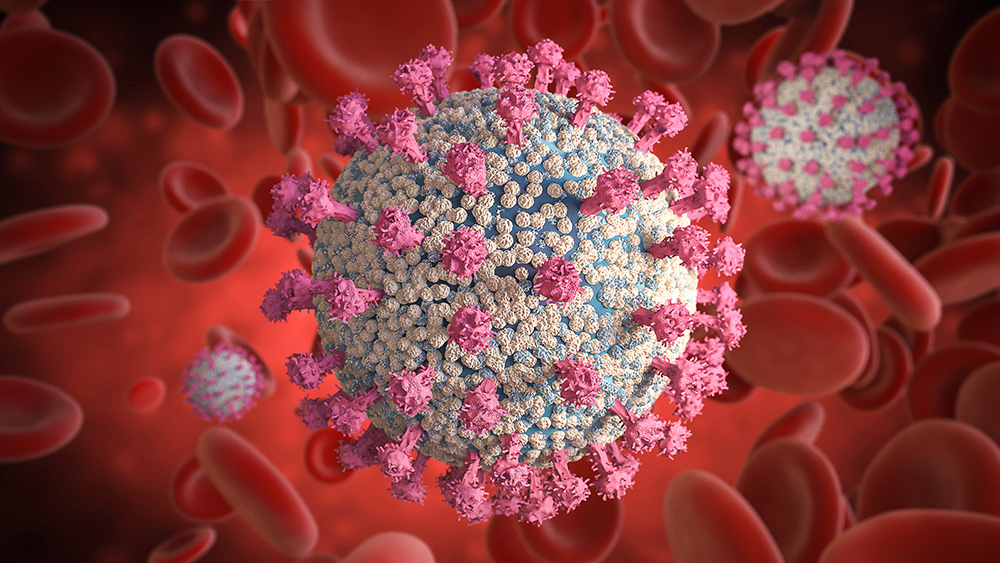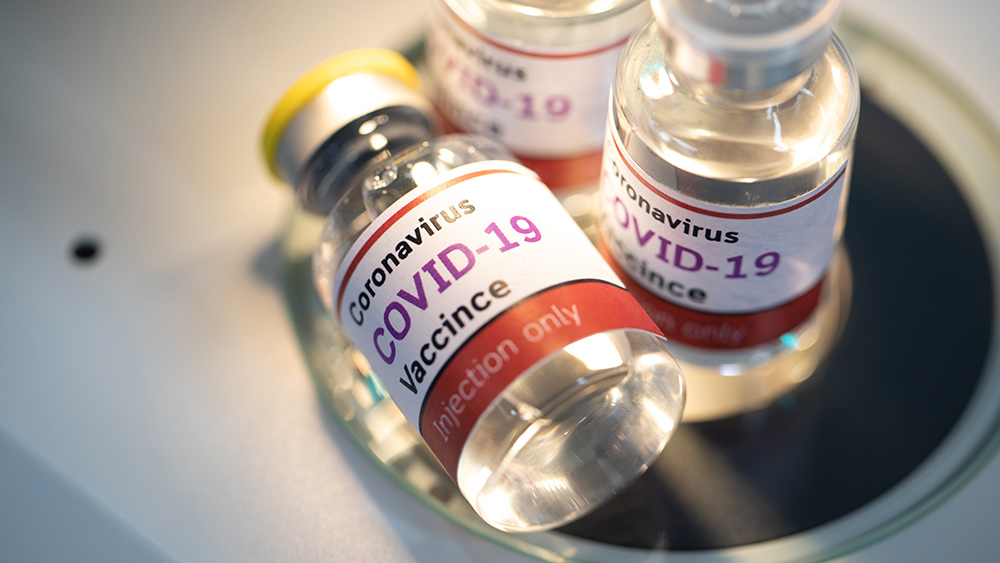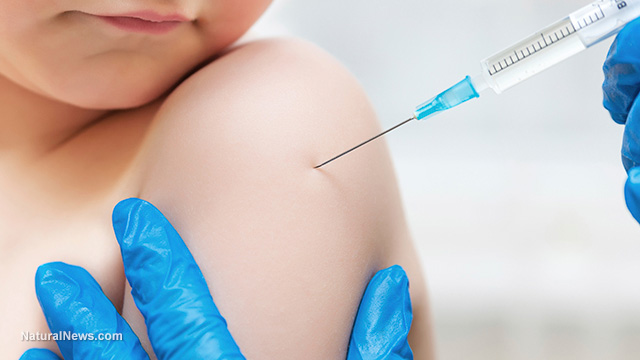SCIENTIFIC PROOF: Flu vaccine found to be completely ineffective because of how it is made, new study finds
11/02/2017 / By Ethan Huff

A groundbreaking new study published by researchers from The Scripps Research Institute (TSRI) in Florida has determined that the way influenza vaccines have been made practically since their inception is fundamentally flawed, and that the end result renders flu jabs largely ineffective.
It has to do with the way that vaccine developers use chicken eggs as incubators for growing a given season’s influenza virus, a practice that in and of itself is controversial due to the fact that using chicken embryos in vaccines has been linked to causing egg allergies.
For at least the past 70 years, vaccine manufacturers have been injecting influenza viruses into chicken eggs in order to allow them time to replicate. After this replication is complete, the fluid is drained from the eggs and the virus is extracted – the eggs themselves functioning as an artificial growth environment where flu viruses flourish.
But according to the findings of this new study study, which were published in the open-access journal PLOS Pathogens, chicken eggs actually end up disrupting the major antibody target sites on the surfaces of flu viruses, causing them to become less effective later on when they’re injected into human bodies.
“Now we can explain – at an atomic level – why egg-based vaccine production is causing problems,” stated TSRI Research Associate Nicholas Wu, Ph.D., one of the study’s lead authors. [emphasis added]
To keep up with the latest news on vaccines as we approach so-called “flu season,” be sure to visit and bookmark Influenza.news.
The way that vaccines are mass-produced causes them to mutate, rendering them useless
For the study, Wu and his colleagues tested the progression of the H3N2 flu virus as it incubated in chicken eggs. H3N2, after all, is one of several influenza subtypes that has become more prevalent and virulent, which is why it typically ends up in flu vaccines year after year.
Using a high-resolution imaging technique known as X-ray crystallography to take a closer look at H3N2, the team found that a key protein in the virus changes so much during chicken egg incubation that it no longer functions as a match in humans. In fact, the end result is that bird cells rather than human cells end up becoming a better fit.
This mutation is described in the study as L194P, which occurs in H3N2’s hemagglutinin glycoprotein, also known as HA. It is said to completely disrupt the region of the protein that the human immune system can recognize, rendering it completely ineffective in all practical terms.
In order for a flu vaccine (or any other vaccine, for that matter) to be considered effective, it has to actively trigger an immune response inside the body that results in the creation of antibodies to fight off the real thing. But the H3N2 mutation that results from conventional incubation procedures during vaccine production leave the virus impotent, so to speak.
“Any influenza viruses produced in eggs have to adapt to growing in that environment and hence generate mutations to grow better,” admitted Ian Wilson, a Hansen Professor of Structural Biology at TSRI, and the study’s lead senior author.
Adding to this, his colleague Wu urged vaccine producers “to look at this mutation” and work on a solution. He and his colleagues stated that other methods of producing vaccines that will make them more effective “are now being used and explored.”
“There’s a huge need for flu vaccine research,” Wu is quoted as saying.
The ineffectiveness of flu vaccines is nothing new, of course. Natural News has been sounding the alarm about flu vaccine fraud for years, noting further that people take a huge risk every time they agree to have their bodies injected with flu shots, which besides ineffective viruses often contain mercury (Thimerosal), aluminum, and various other toxic adjuvant additives.
Sources for this article include:
Submit a correction >>
Tagged Under:
Adjuvants, eggs, Flu shots, food allergy causes, ineffective, ineffective treatment, infectious disease, influenza, mutation, vaccines
This article may contain statements that reflect the opinion of the author
RECENT NEWS & ARTICLES
Vaccines.News is a fact-based public education website published by Vaccines News Features, LLC.
All content copyright © 2018 by Vaccines News Features, LLC.
Contact Us with Tips or Corrections
All trademarks, registered trademarks and servicemarks mentioned on this site are the property of their respective owners.






















